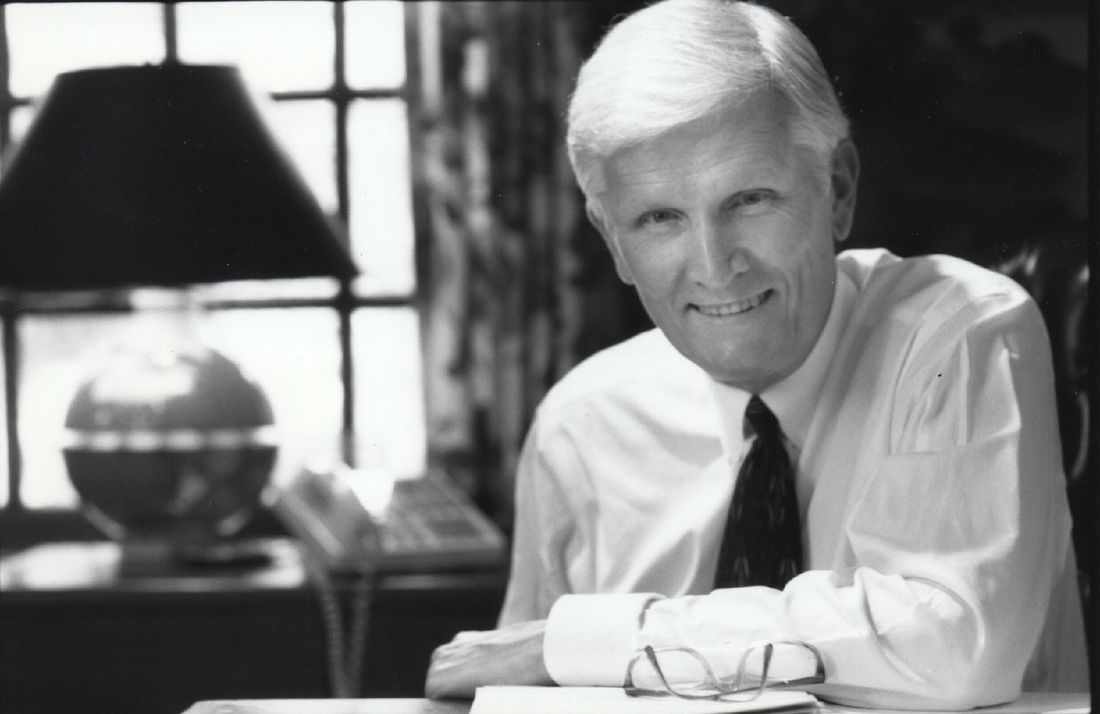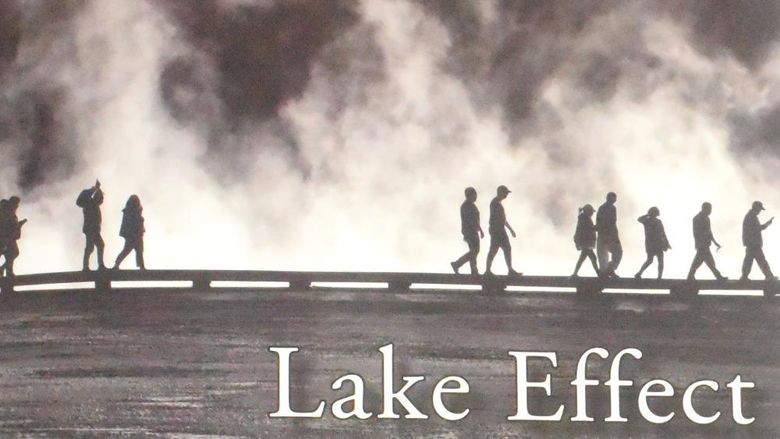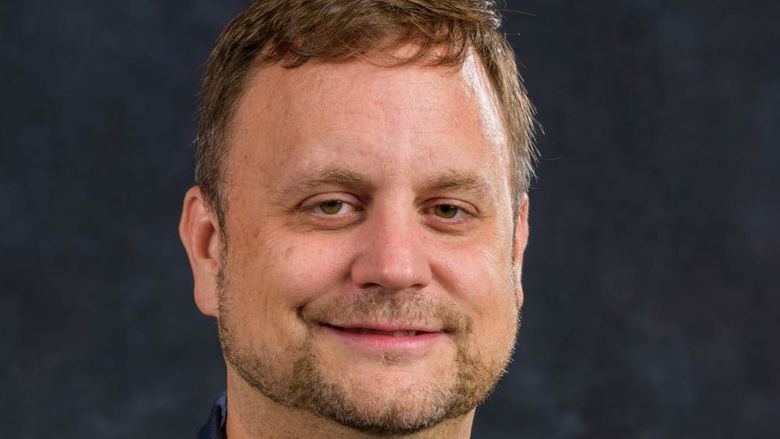
John Lilley served as provost and dean of Penn State Behrend for 21 years. "I don't think there was ever a day when he didn't show up fully ready to go," said Joseph Beilein Jr., author of a new book about the period.
ERIE, Pa. — When he arrived at Penn State Behrend, where he would serve for 21 years as provost and dean, John Lilley found a campus at a crossroads, according to Joseph Beilein Jr., professor of history at Behrend and the author of “Vision & Resilience,” a history of the college from 1980 to 2010.
Enrollment had flattened. Of the 1,600 students living on campus, just 250 were in upper-division courses. Faculty members were under intense pressure, facing new, more rigorous, research requirements while navigating an inconsistent promotion-and-tenure process.
Lilley, the son of a Baptist minister, became the lead administrator at Behrend in 1980. A year later, he brought on Jack Burke, who served as senior associate provost. Together, the two men built Behrend — the farthest campus from Penn State’s University Park — into a thriving, vibrant, four-year destination college.
“The sense of urgency to ‘grow now’ or begin a slow death served as a guiding light for Lilley and Burke,” Beilein said.
“That hasn’t changed,” Beilein added. “Behrend is a place that grows, and its leaders continue to push, buy and build the institution into something new, something bigger, and, more importantly, something better.”
Beilein, whose three previous books focused on Civil War history, talked with Penn State News about Lilley, Burke and their vision for Penn State Behrend.
Q: In the introduction to “Vision and Resilience,” you describe Lilley as “both All-American and cosmopolitan, the perfect university president.” How did he apply that to his work at Behrend?
Beilein: It was a combination of vision, resilience, foresight and the determination to wake up every day and keep doing it. A lot of leaders have really good ideas. They can see how things come together. The determination, though, and the ability to get up the next day, and the next day, and just keep at it until you get the governor and all these community leaders to buy in to your vision — that’s a very different skill.
My sense is that John Lilley was always fully present and focused. He always had the perfect suit, and the perfect tie, and he had a way of making people feel seen and heard. I don’t think there was ever a day when he didn’t show up fully ready to go.
Q: Jack Burke had a different approach. How did he complement Lilley?
Beilein: Jack was really good at getting things done. He managed the day-to-day stuff, including admissions, the Registrar’s office and the library. He oversaw the finances. That freed Lilley to look outward, and to focus on raising money, building relationships and buying the properties that expanded the campus.
Q: You brought in student researchers for a dive into the archives of the Behrend Collegian, which was the student newspaper during the Lilley and Burke years. What were you hoping the students would see that you wouldn’t?
Beilein: I wanted them to look back at previous generations of the student population and tell me what they thought was important. They came back with some weighty material. They found that, rather than just complaining about dining hall food — although there is always some of that — students were wrestling with questions about race, gender and the value of a college degree.
In the late 1980s, when Behrend expanded its engineering programs, including the new plastics program, the college started to bring in a different kind of student. Behrend was pulling from a wider geographic area, and that changed the feel and tone on campus.
Q: Why is it important to look back at that period, which brought so much change to the college?
Beilein: When we walk on campus, we all experience it differently. Students have a different perspective than faculty members, or administrators, or donors, or the people who walk their dogs here. So many people visit this campus and never see a classroom.
The first thing that nearly everyone notices, however, is the beauty of the campus, and all the buildings. There is so much here. The vision for that, and the determination to make it happen, began with John Lilley and Jack Burke. The college simply would not be what it is today without them.
“Vision & Resilience” was commissioned by Penn State Behrend Chancellor Ralph Ford and published by Penn State University Press. To listen to an interview with Ford and Beilein about the book, visit the “Behrend Talks” podcast.
Robb Frederick
Director of Strategic Communications, Penn State Behrend






